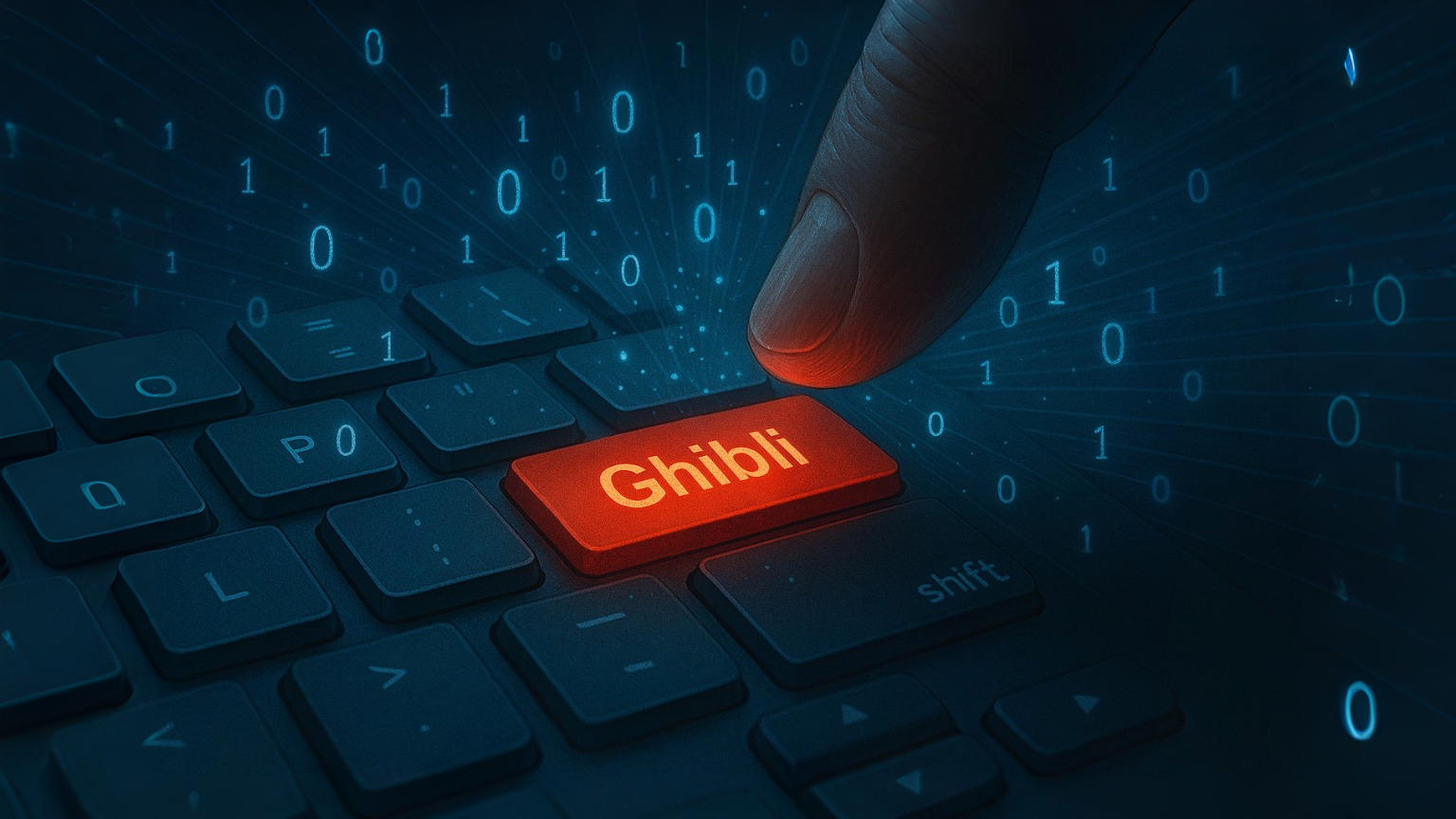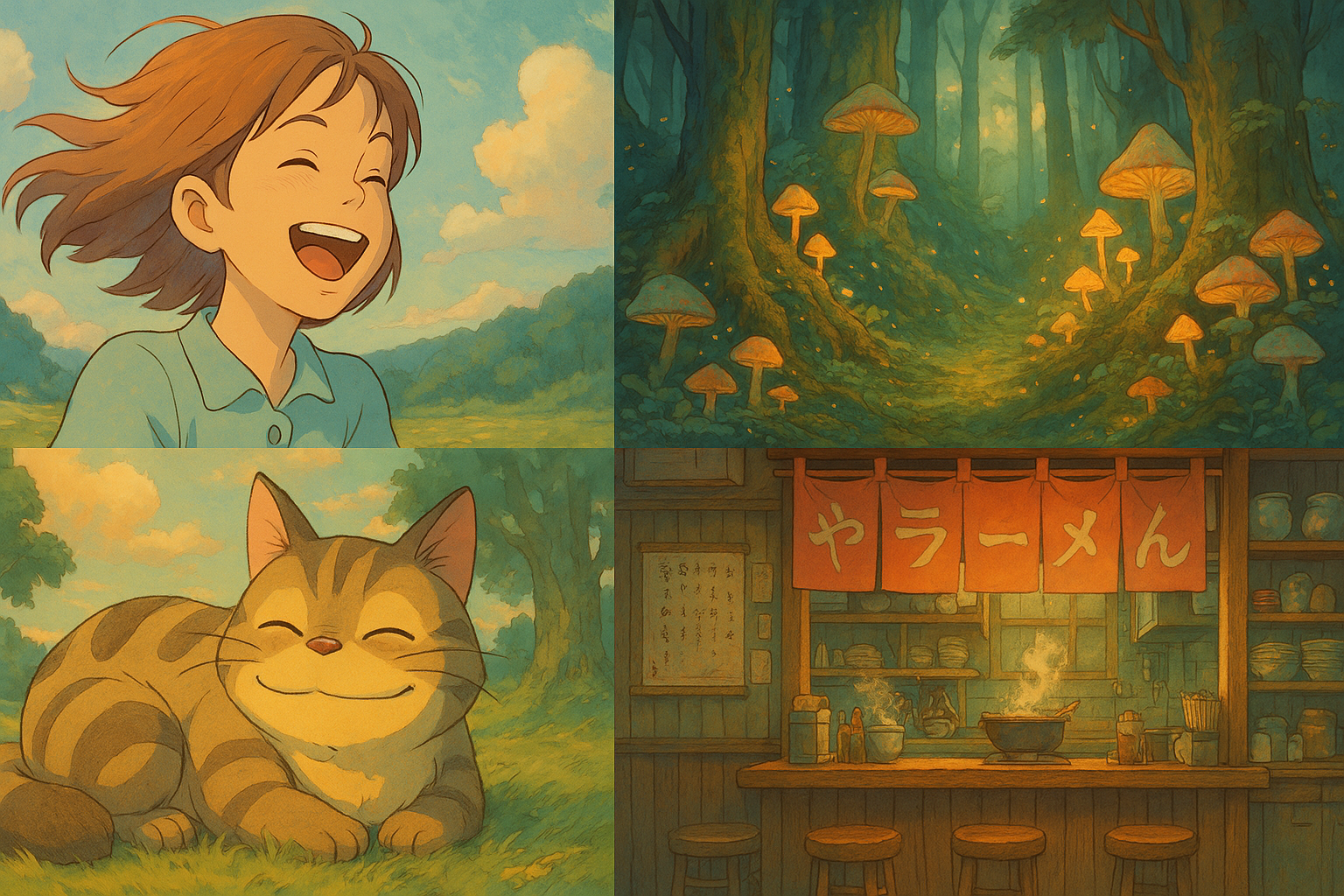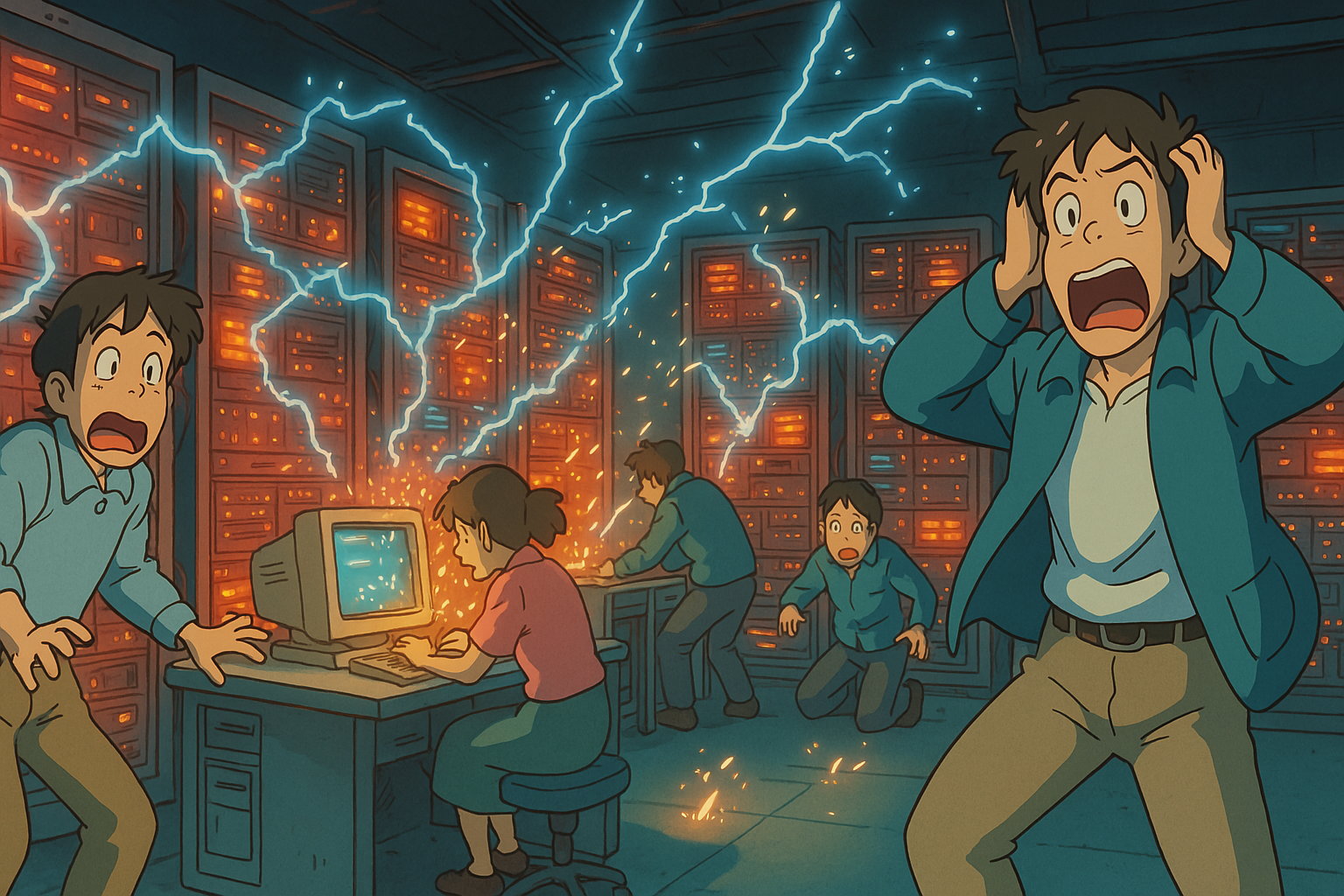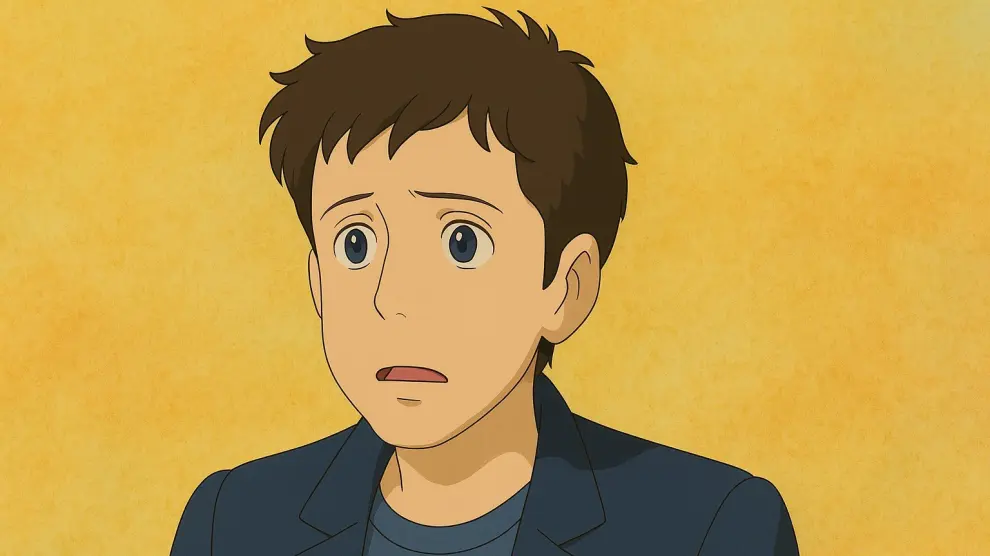How AI Is Bringing Studio Ghibli’s Dreamlike Worlds to Life
 YuvaSec
YuvaSec
Introduction
Do you remember that week when the profile pictures of everyone appeared to have jumped out of a Hayao Miyazaki film? You're scrolling through, and before you know it, it's Steroids Ghibli on the internet. This wasn't just fan art; this was the magic of AI-created images, courtesy of OpenAI's new GPT-4o model, flaunting its capabilities. This article explores the tech behind this Ghibli AI art craze, why it went nuclear-popular and analyzes the havoc it caused – so much that OpenAI's CEO literally ordered the internet to "chill out" as their servers weren't able to cope. This whole episode is not just a viral moment but an interesting case study on the bleeding edge of what AI can accomplish, crashing into the brick wall of real-world infrastructure constraints, showing us both the magic and pain points of accessible AI.
What's Behind the Ghibli AI Magic?

Capturing the Aesthetic: How AI Does It
At its core, this involves sophisticated AI models, often based on diffusion architectures (like those powering DALL-E 3 or GPT-4o's native image generation). These models learn patterns from vast datasets of images and text.
Prompt Engineering is Key: Users guide the AI with detailed text prompts. Getting the Ghibli style means specifying things like "Studio Ghibli aesthetic," "soft painterly backgrounds," "expressive anime characters," "dreamlike atmosphere," referencing specific films like Spirited Away or Howl's Moving Castle for stylistic cues. The more precise the prompt, the better the result.
Under the Hood: The AI doesn't "understand" Ghibli like a human artist. It statistically associates the text "Ghibli style" with visual features (color palettes, line work, composition) present in images tagged or described as such in its training data. It then generates pixels to match that learned association.
Beyond Static Images: Some users took it further, using tools to separate elements of generated images into layers (e.g., character, background) and creating simple animations, adding another layer of Ghibli-esque life.
"AI style transfer has become incredibly nuanced. By analyzing patterns in texture, color, and form, models can now replicate complex artistic styles like Ghibli's with surprising fidelity, provided the prompt is detailed enough." - Dr. Evelyn Reed, Fictional AI Art Researcher, Generative Models Institute.
"The Ghibli aesthetic represents a blend of innocence, wonder, and deep emotional resonance. It’s a visual language many grew up with. AI offers a shortcut to recreate that feeling, personalize it, and participate in that world, which is incredibly appealing." - Kenji Tanaka, Fictional Animation Historian & Cultural Critic.
Why Did It Go Viral?
It wasn't just the tech; it was a perfect storm:
Nostalgia Bomb: Ghibli films hold a special place for millions. Seeing yourself or familiar scenes rendered in that style is instantly captivating.
Accessibility: Tools like ChatGPT made high-powered image generation accessible to anyone, not just tech wizards.
Shareability: The results were visually striking and perfect for sharing on platforms like X, Instagram, and TikTok, fueling the fire.
Of course, it's not without debate. There are ongoing discussions about the ethics of AI mimicking specific artists' styles (even a studio's collective style) and the copyright implications. And let's be honest, there's a certain irony in using computationally intensive AI to replicate a style celebrated for its meticulous, hand-drawn human artistry.
When Viral Meets Silicon: OpenAI's Server Meltdown

The Ghibli trend wasn't just fun and games; it pushed OpenAI's infrastructure to its limits, especially with the rollout of image generation native to GPT-4o.
Under the Hood: Why the GPUs Melted
Generating high-quality images, especially at the scale of a viral trend, is incredibly compute-intensive.
GPU Workload: Image generation models rely heavily on Graphics Processing Units (GPUs) for parallel processing. Each Ghibli image request meant firing up complex calculations across potentially thousands of GPU cores.
GPT-4o's New Feature: OpenAI integrated image generation directly into GPT-4o, potentially streamlining the process but also concentrating the load. When the Ghibli trend exploded coinciding with this new feature access, the demand skyrocketed unexpectedly.
Infrastructure Bottleneck: Even massive cloud infrastructures have limits. The sheer volume of concurrent requests likely saturated network bandwidth, processing capacity, or both, leading to the "meltdown."
OpenAI CEO Sam Altman didn't mince words, stating on X (formerly Twitter): "Our GPUs are melting." and later, "Can yall please chill on generating images this is insane our team needs sleep." News outlets reported users experiencing significant slowdowns and errors, with platforms like Downdetector showing spikes in outage reports for OpenAI services.

"Scaling generative AI services for sudden, viral demand is a monumental challenge. You're dealing with unpredictable peaks that can exceed provisioned capacity by orders of magnitude. It requires incredibly robust, dynamically scalable infrastructure and sophisticated load balancing." - Anya Sharma, Fictional Lead Cloud Infrastructure Architect, AI Systems Corp.
The Fallout: Rate Limits and Delayed Gratification
The system strain forced OpenAI to take action:
Rate Limiting: They temporarily introduced limits on how many images users (even paying subscribers) could generate to ease the load while they worked on optimization.
Free Tier Delay: The rollout of the new image feature to free ChatGPT users, initially anticipated alongside the main GPT-4o launch, was pushed back due to the overload. Altman assured it was coming ("soon") but with likely daily limits (e.g., 3 generations per day initially).
User Frustration: While many understood, the limits and outages inevitably led to some user frustration, especially for those eager to try the viral trend or relying on the service for other tasks.
"Managing viral spikes is about rapid response and transparent communication. Implementing temporary controls like rate limiting is standard practice to maintain core service stability. The key is to optimize the backend quickly and restore full access as soon as feasible, while keeping users informed." - David Chen, Fictional VP of Platform Operations, ScaleFast Inc. (Reflecting similar sentiments expressed by Altman about working on efficiency).
Conclusion
And so that whirlwind week of AI-generated Ghibli-fication did more than just flood our social feeds. It gave us a real-time stress test of cutting-edge AI infrastructure. We got to witness how easily accessible tools can mobilize vast creative power (and server load!), forcing even the big guns like OpenAI to scramble. For the tech community, a reminder that magic of AI is paired with complex hardware and software and the very real physical limitations. The compute cost of producing infinite Ghibli cats is a reminder.
Actionable Takeaways:
Appreciate the Infrastructure: The next time you use an AI tool, remember the huge compute power humming in the background.
Prompting is Power: The Ghibli trend also demonstrated the power of expert prompting to release the stylistic value of AI. Try it out!
Expect Growing Pains: With more capable and cheaper AI on the horizon, expect to see more shocks like this as businesses learn to scale.
Ultimately, the Ghibli AI craze was the quintessential representation of where we are in 2025: AI capable of generating jaw-dropping creativity, users who are happy to go along, and infrastructure that sometimes groans under the pressure of its own popularity. It forces us to wonder: what will be when the next giant AI craze arrives, and will the servers be ready then?
Further Reading:
1. How to Create Ghibli-Style Images Using AI — Times of India
2. Studio Ghibli AI Image Trend Overwhelms GPT-4o — VentureBeat
3. The Ethics of AI in Art — The Atlantic
4. Using Midjourney for Anime Art — Reddit Guide
5. RunwayML’s Text-to-Video Capabilities
Subscribe to my newsletter
Read articles from YuvaSec directly inside your inbox. Subscribe to the newsletter, and don't miss out.
Written by

YuvaSec
YuvaSec
Cybersecurity Enthusiast | Ex-Mechanical Engineer | Lifelong Learner Pivoting into InfoSec On a mission to build skills, break stuff (ethically), and land a job in cybersecurity.